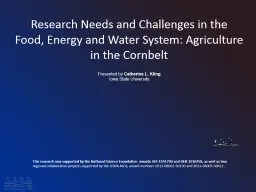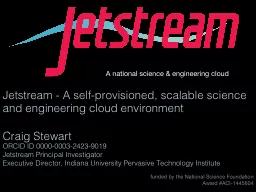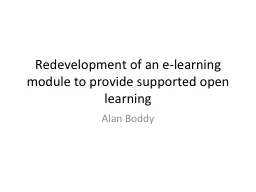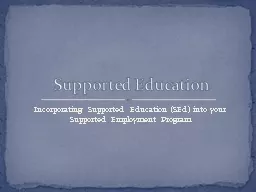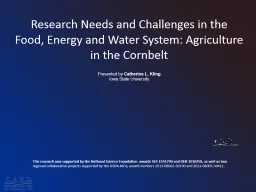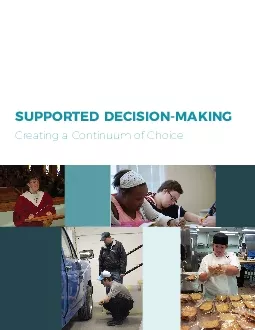PPT-This research was supported by the National Science Foundat
Author : min-jolicoeur | Published Date : 2017-05-15
regional collaborative projects supported by the USDANIFA award numbers 20116800230190 and 20116800530411 Presented by Catherine L Kling Iowa State University
Presentation Embed Code
Download Presentation
Download Presentation The PPT/PDF document "This research was supported by the Natio..." is the property of its rightful owner. Permission is granted to download and print the materials on this website for personal, non-commercial use only, and to display it on your personal computer provided you do not modify the materials and that you retain all copyright notices contained in the materials. By downloading content from our website, you accept the terms of this agreement.
This research was supported by the National Science Foundat: Transcript
Download Rules Of Document
"This research was supported by the National Science Foundat"The content belongs to its owner. You may download and print it for personal use, without modification, and keep all copyright notices. By downloading, you agree to these terms.
Related Documents

